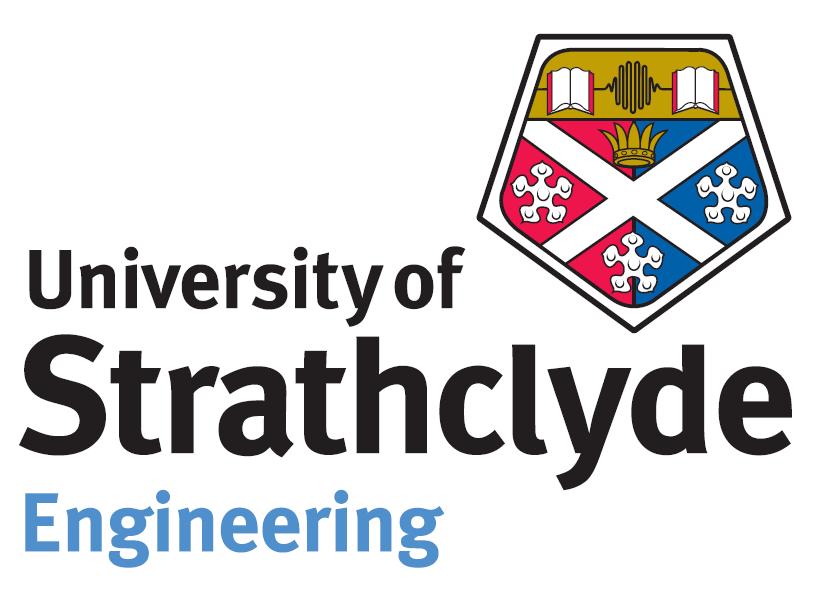Financial Model
One of the core objectives of this project was to perform a financial analysis of the revenue drops that an operator might experience if they do not properly prevent degradation of their turbine blades. The various types of degradation have been described in the environmental section of this website.
The following economic data, provided by David Pratt of Nautricity Limited was used in this analysis. This details the revenue that can be earned per MWh by a marine energy extraction device.
Income |
(£/MWh) |
Bulk electricity price |
25 |
R.O.C |
45*3 |
Climate Change Levy |
5 |
Total Income |
165 |
The bulk electricity price is the income the generator will receive per MWh of energy exported to the main electrical grid. A Renewable Obligations Certificate (R.O.C) is a green certificate issued to an accredited generator of renewable electricity supplied to customers within the United Kingdom by a licensed electricity supplier. A generator will receive 1 R.O.C and an income of £45 for every MWh of energy they produce. In Scotland, the award system differs where a generator will receive 3 R.O.C’s per MWh produced, accumulating to an income of £135. The climate change levy is a tax placed on non-renewable sources of energy that is fed back to suppliers of renewable sources at a rate of £5 per MWh. The climate change levy and R.O.C are incentive schemes set up by the government to promote the development of renewable sources of energy and to reduce carbon emissions. Combining these three payment schemes, the total income available per MWh of energy produced for a tidal current turbine is £165.
To determine the potential drop in revenue by operating a rotor with degraded blade surface characteristics, it was necessary to calculate the annual energy recovered in MWh by each of the rotor configurations we analysed within the rotor assessment code. In order to do this, the previously described tidal model was employed. The final output for each configuration could then be multiplied by the total income available (£165/MWh) to obtain the estimated annual revenue.
In order to obtain an R.O.C, the generator must be producing over 5MW of power. Each turbine assessed within the model had a rated power output of 210 kW; therefore, a farm of 24 turbines was used within this financial analysis to meet the 5MW target.





